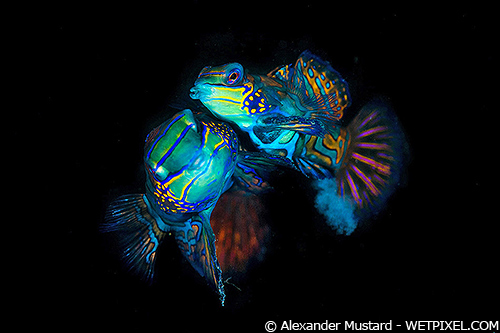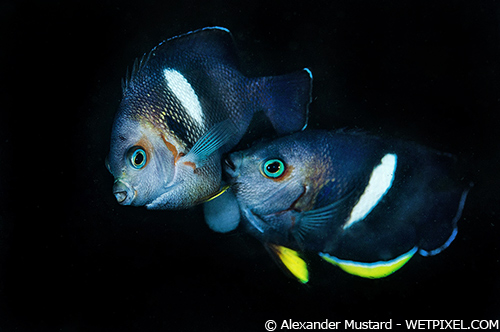Review and Field Notes: Subal ND4
Housing and camera controls.
The Subal ND4 also provided access to three controls that I have never had access too on an underwater housing before. On the back of the D4 there are two AF-ON buttons, one for normal shooting and one vertical shooting. The Subal provides access to both, something that seemed a waste of effort, until it was explained to me that these controls can be customized. I currently use one for AF-ON and one for AF-lock. Both are accessed via paddles for the right thumb.
The ND4 is also the first housing I have tried that provides access to the depth of field preview button (Pv) and function (Fn) buttons on the front of the camera, via a lever that falls below your right index finger and is pushed forward to press the Fn button and pulled back to access Pv.
Again the attraction in these buttons comes from how their functions can be customized. I think that Subal’s motivation for adding these controls comes from video shooting (the D4 is one of the SLRs currently approved for full HD productions by the BBC). The Pv and Fn buttons allow the seamless electronic adjustment of aperture when shooting video with an external recording device.
Not that I have tried it! My interest is in using these controls for stills. Currently, I have Fn (push forward with my index finger) set to depth of field preview and Pv (pull back with my index finger) set to turn off my flashes. I’ve not found depth of field preview to be useful yet and I think I will try another function on my next shoot. But I have found “flashes off” very valuable and have quickly integrated this valuable control into my shooting technique.
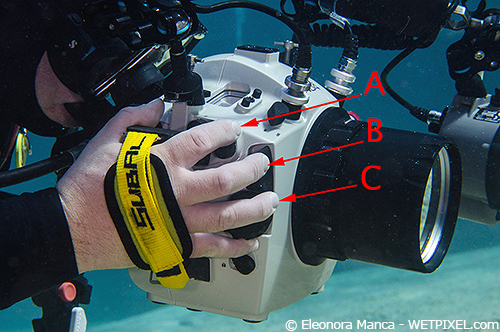
Since pop up flashes have become a popular way to trigger strobes we’ve had a more efficient and quicker way to switch off our strobes and shoot silhouettes (simply using a lever to close the pop up flash), which saves reaching out to each strobe and turning it off. The flash off button on the ND4 (activated by pulling your right index finger back) is yet another ergonomic step forward. For example, by using this control, when shooting mantas I was able to intermix shooting silhouettes and flash lit shots on the same pass, while firing off several frames per second. It definitely gets me shots I was missing before. Praise doesn’t come much higher.
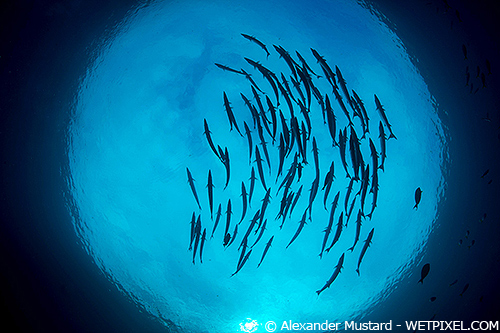
The D4 has the best autofocus of any camera I have tried underwater. Back in the summer, on the Wetpixel Isla Mujeres whaleshark extravaganza, I had the chance to switch back and forth in the water between the D4 and D800 in Nauticam housings (thanks to Ryan Canon) and it quickly obvious to both of us that despite having the same AF system on paper, the D4 performs noticeably better in practice, in the low contrast underwater world. That’s not to put the D800 down, which probably has the second best AF system I have tried.
That said, getting the most out of any autofocus system always means choosing the right AF mode for your situation (lens, subject, light levels and personal shooting style). And while I hope these notes are a benefit to all users of current Nikons, it should always be noted that the effectiveness of various modes does depend on the processing power behind them. To give an example from the past, the grouped AF mode on the D2X worked brilliantly, while the same mode on the D200 was poor.
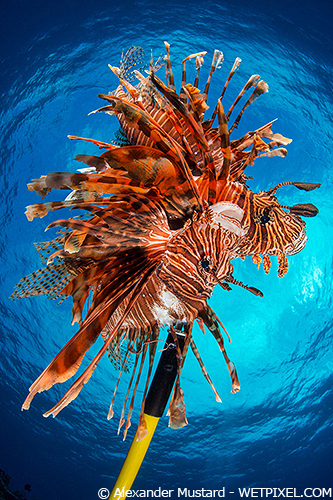
I always shoot in AF-C underwater, utilizing different AF Area modes. In brief, I use AUTO Area AF for all my wide angle. And I use 3D tracking AF for fish photography and normal macro, which can be used either to track a moving subject, or to focus on a point of the subject, such as an eye, and recompose, with the AF tracking the point to its new position in the frame. In very low light I switch over to single point AF, where I feel the camera does best with all its efforts focused on one point. I am talking very, very low light here (think night dive without a torch). I usually shoot with AF activated by the shutter, but will use AF-ON (AKA back focus) regularly for super macro, wide angle inside caves or dark wrecks, split levels and for big animals at the surface (where bubbles etc can confuse focus at the critical moment).
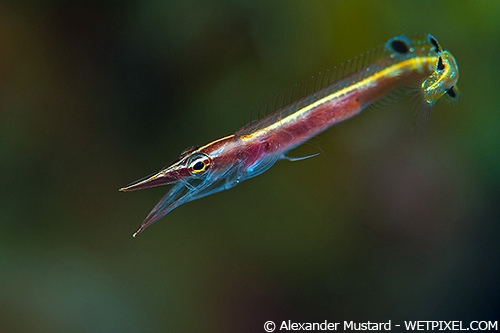
But the take home message on the D4’s AF system remains wow. Even tricky subjects are handled with aplomb. Anyone who has dived in the Caribbean and tried to fill the frame with a juvenile yellowtail damselfish can attest that these low contrast, hyperactive fish are a challenge to shoot with a sharp eye (see below).
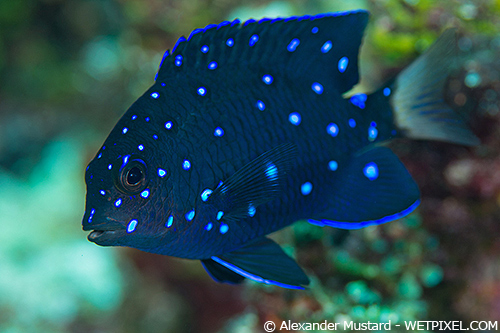
The D4 can focus underwater to the point that you can barely see through the viewfinder. While in Lembeh I shot mandarin fish mating and never once used a focus light. Simon Buxton has been shooting them recently with the 5DMk3 and felt he’d get nowhere without his trusty Sola.
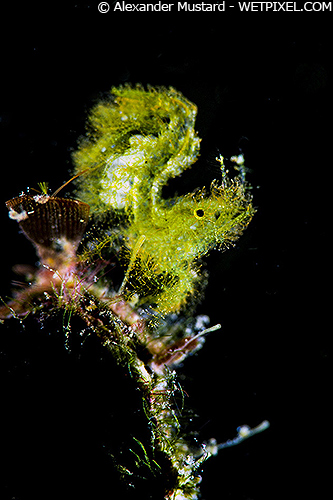
The D4 is capable of shooting 10 frames per second for longer than you can bring yourself to hold the shutter down. And I have been keen to find uses for this ability underwater. It has definitely been advantageous in big animal encounters, for capturing nuances of pose during a pass that are not visible through the viewfinder and fisheye lens.
I have also been trying to shoot lots of fish behavior with the D4, utilizing the low light autofocus to shoot with a focus light, the high ISO capability to bump the ISO, drop the strobe power and shoot many frames per second to capture details of the spawning. The mandarin fish were a good test for this technique and because I didn’t use a focus light I was rewarded with spawning rise after spawning rise. On my first dive I got 97 in focus shots of mandarin fish pairs. On my second dive I got more than 50 shots of pairs with their eggs visible in the frame. Oh and series of shots of a pair of keyhole dwarf angelfish with eggs.
